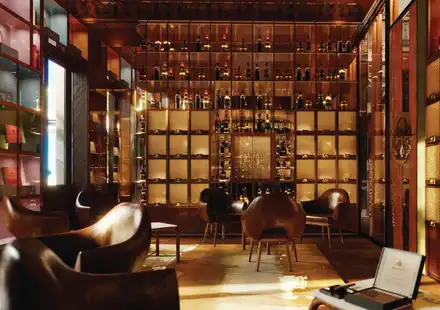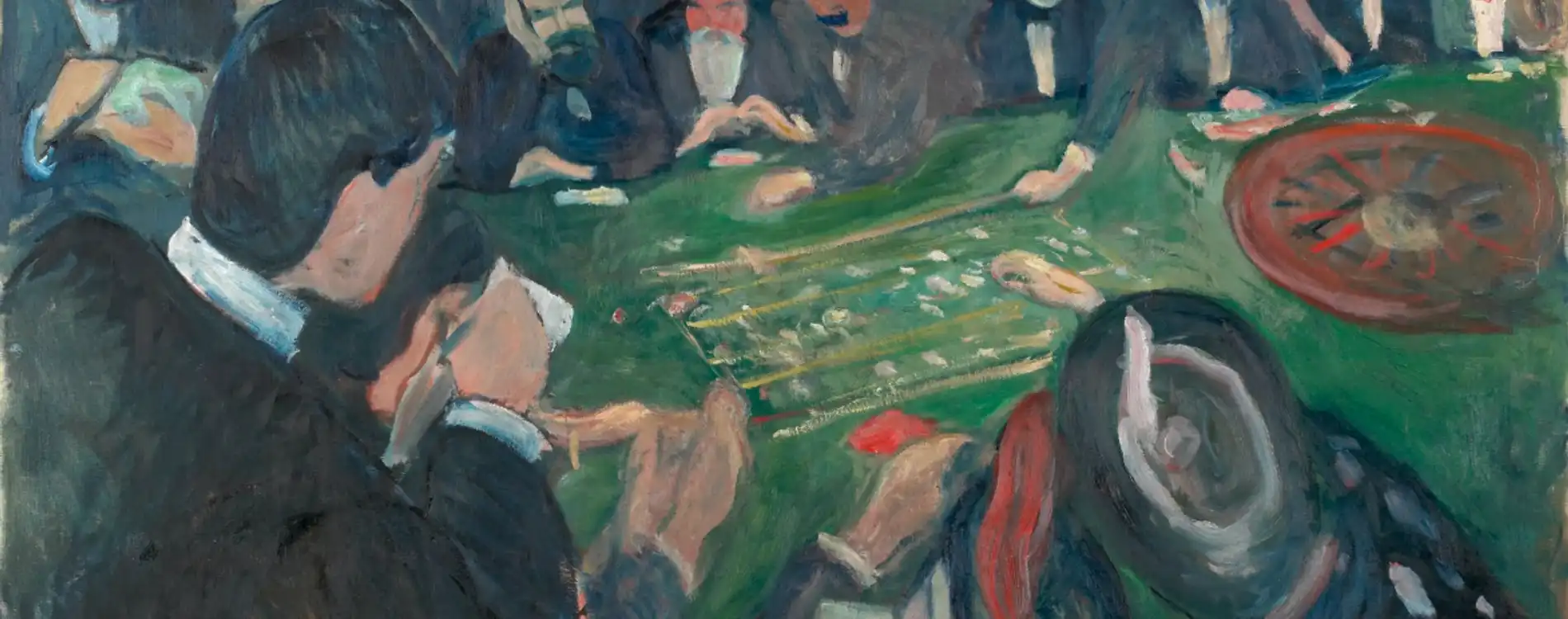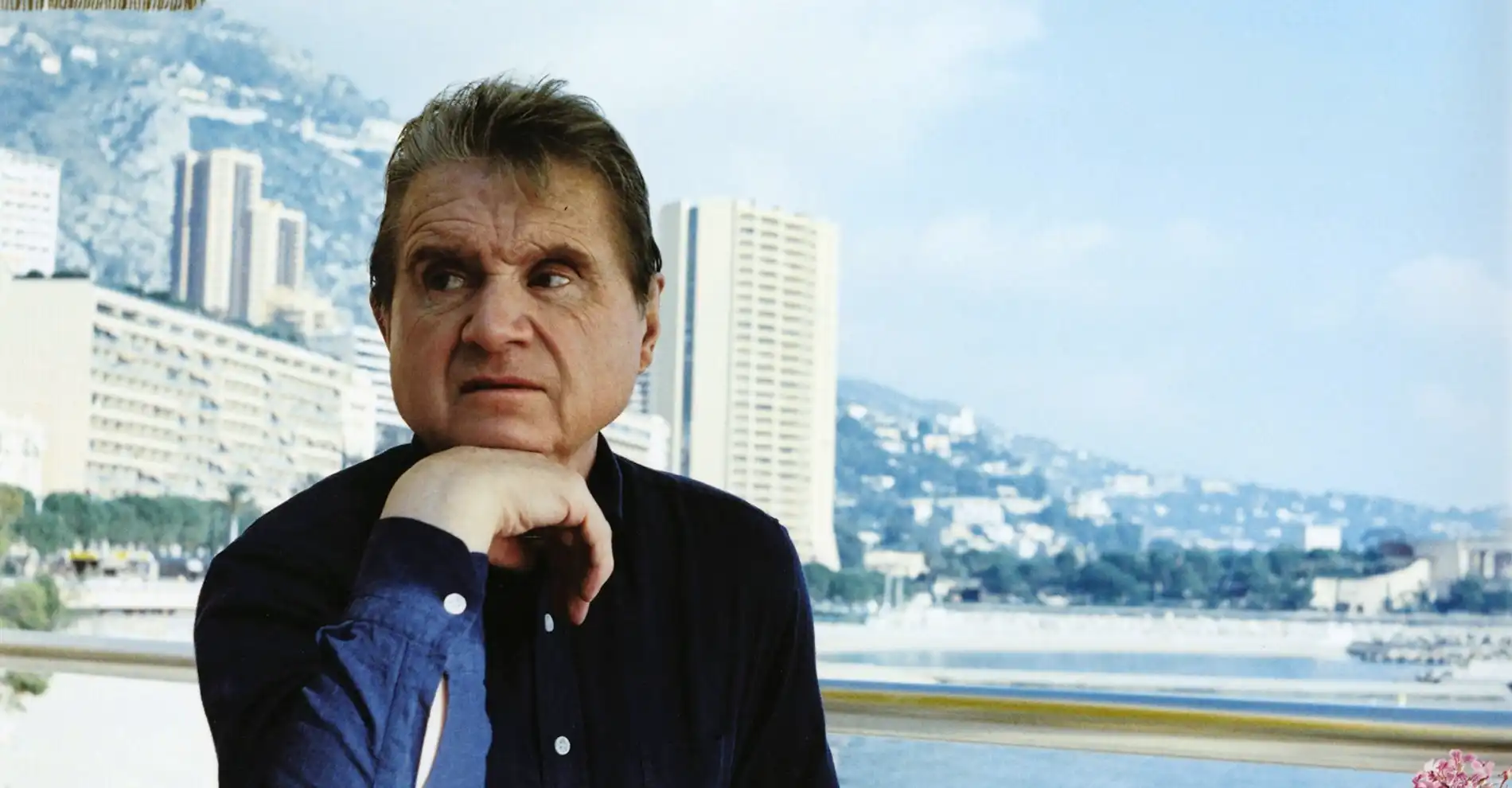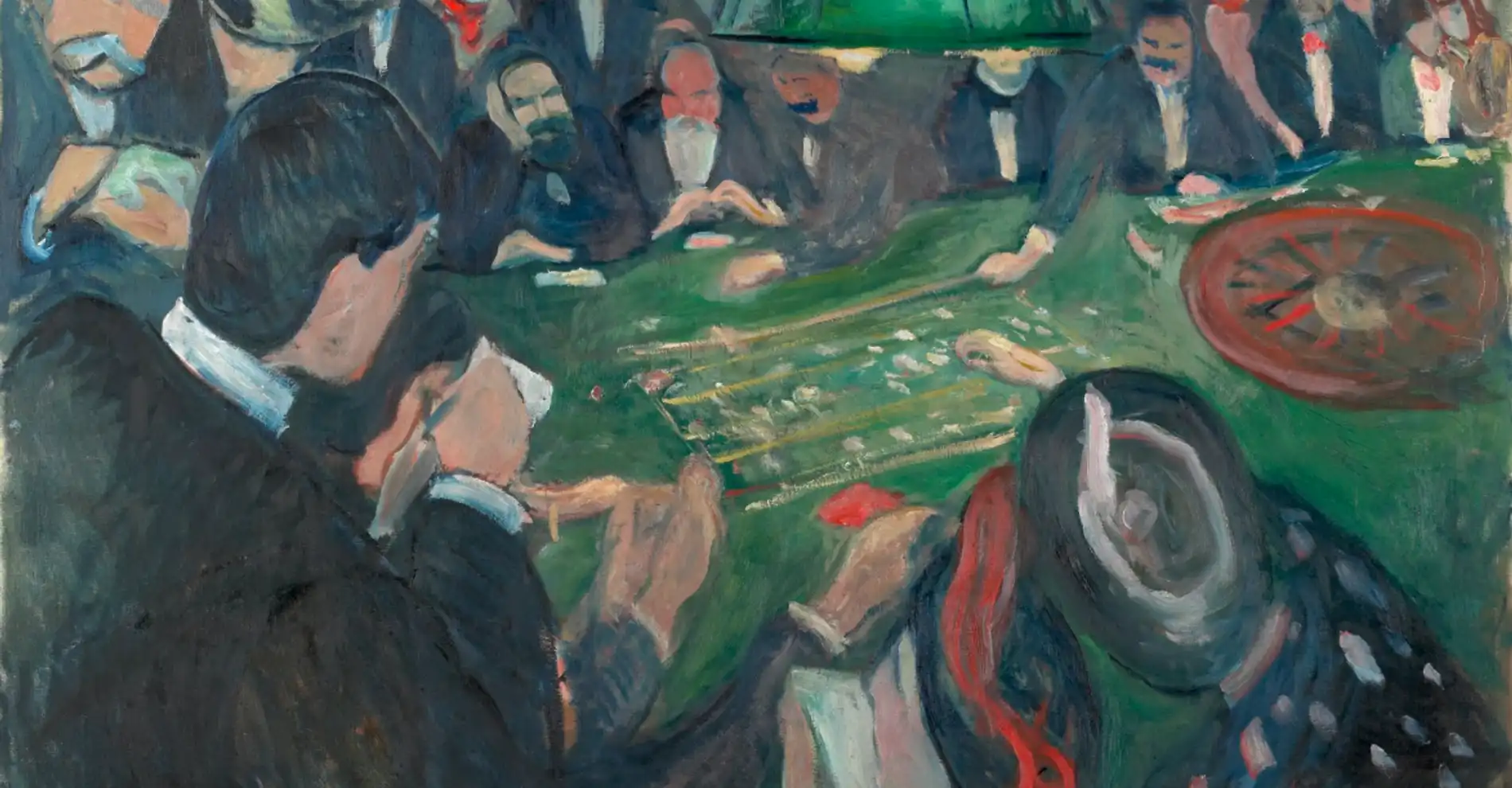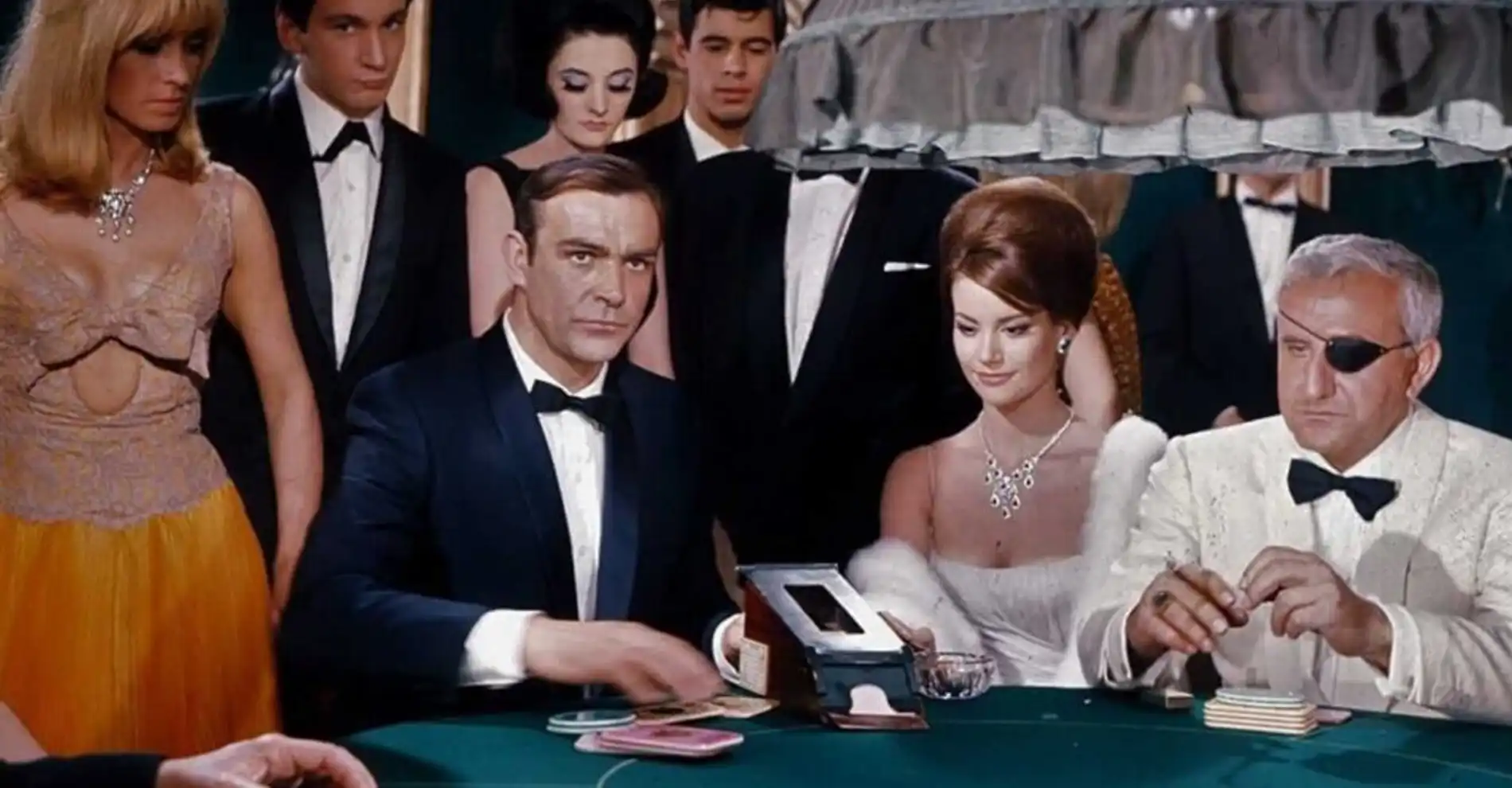Published on April 24, 2024Updated on September 10, 2024
They came. They saw. They won... or lost. Painters, cabaret artists, actors and political virtuosos all succumbed to the beauty of Monaco and its art of living... and gambling! We look back at some of the biggest gamblers who came for the thrill at the Casino de Monte-Carlo’s legendary tables.
Contents
Francis Bacon or the art of defying the odds
From 1946 to 1950, Francis Bacon became a resident of Monaco. He arrived in the Principality with his nanny Jessie Lightfoot, his lover and patron Eric Hall... and £200, the proceeds from the sale in London of his work Painting 1946. While the way of life and the sea air of the Côte d’Azur cured his asthma, the Irish artist fell under the spell of Monaco’s Carré d'Or: its magnificent landscaped gardens, palm trees, ponds... and its casino where he learned to defy the odds. The artist found in gambling, in this back-and-forth between exaltation and despondency, something similar to the emotions he got from painting and the creative process. Francis Bacon continued to visit Monaco until 1990, when he spent his last stay there. In 2014, Monaco honoured this loyal relationship by inaugurating the Francis Bacon MB Art Foundation, the only Bacon foundation in the world.
© Eddy Batache - Francis Bacon and a friend Reinhard Hassert, on the terraces of the Casino de Monte-Carlo, November 1981 - Courtesy Francis Bacon MB Art Foundation Monaco/MB Art Collection
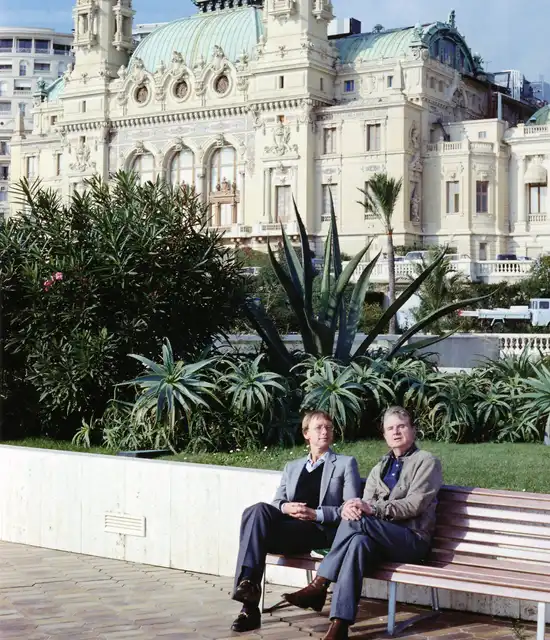
Edvard Munch... a carpet on a canvas
Before Francis Bacon, another painter had already succumbed to the charms of the Rock and the passion of gambling: in 1890, Edvard Munch, a pioneer of Expressionism, left his native town for France. After a brief stint in freezing Paris, the artist moved to the south of France and its mild Mediterranean climate. In Nice first of all, but also in Monaco where, plagued by money problems, the painter tried his luck at the gaming tables... Roulette, in particular, made his head spin, so much so that in 1892 the artist dedicated a painting to it, À la table de la roulette à Monte-Carlo, which in itself captures all the frenzy and glamour of roulette games in the 19th century. A seasoned gambler, he soon became a regular guest at the Casino de Monte-Carlo, whose interiors inspired many of his paintings.
© The Munch Museum/Munch-Ellingsen Group/Bono
Marcel Duchamp on wheels
In the 1920s, Marcel Duchamp, who had already made a name for himself with his ready-mades, chose to put his mad creativity on hold for a while to devote himself to gambling at the Casino de Monte-Carlo. But now the will-o’-the-wisp from Normandy, with his mind still racing, announced that he had perfected a foolproof system for winning at roulette. By issuing 500-franc “Roulette de Monte-Carlo” bonds, the artist, who was clearly a gambler, hoped to build up a capital of 15,000 francs. Real hope or yet another provocation? Each bond featured a portrait of Marcel Duchamp, a photograph by his friend Man Ray showing the artist with his face covered in foam. In the background, in a succession of unbroken lines designed to prevent falsification, we can read these absurd words: “mosquitoes, servants, demistock”. Finally, each bond bears the artist’s signature as well as that of his famous female pseudonym Rrose Sélavy. Suffice to say that while the few people who bought these incredible bonds probably never got their money back, their heirs found themselves the owners of absolutely unique works of art. Just imagine that one of the originals sold for over US$2 million at a New York auction in 2015!
La Belle Otero, ruined by the demon of gambling
“When a man is rich, he is no longer ugly,” she used to say. Which just goes to show Caroline Otero’s high regard for men! Gambling was the one true love of Agustina del Carmen Otero Iglesias, her real name. It was a passion that had been with her since she was 18, and one that would never leave her. After ravishing the hearts of Paris by playing beautiful foreigners on the stage of the Folies Bergère, the fatal beauty became “La Belle Otero”, singer, dancer and sultry courtesan of the Belle-Époque. It was in 1915, at the height of her fame, that she decided to retire to her Villa Caroline in Nice. She regularly visited the Casino de Monte-Carlo on the arm of her suitors, aristocrats, politicians and other royalty. Wealthy lovers who, under her spell, did not hesitate to bail out the young woman, who was often overwhelmed by colossal losses... To the point of ruin at the end of her life.
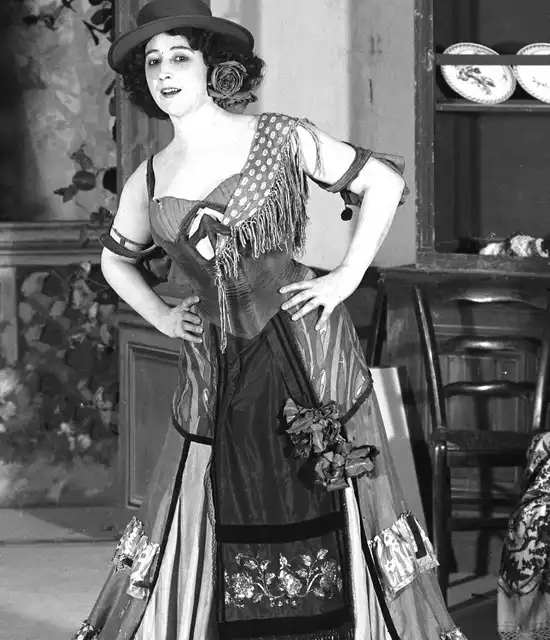
Sarah Bernhardt, gambling or life
Another woman to have left her mark on the history of Monaco and the Casino de Monte-Carlo is the Divine Sarah Bernhardt. The actress was a regular at the Hôtel de Paris Monte-Carlo and was the first artist to walk the stage of the Opéra Garnier Monte-Carlo, which she opened one day in January 1879. An opera that has left its mark forever: an allegorical statue of Le Chant created by Sarah Bernhardt – sculpture was one of her many talents! – and commissioned by Charles Garnier himself. Those who knew her described her as a free-spirited, intrepid and whimsical woman of boundless vitality. Like the evening she went to the Casino de Monte-Carlo with her entire fortune, 100,000 gold francs. Three hours later, she emerged ruined. In despair, she returned to her room at the Hôtel de Paris Monte-Carlo and swallowed a handful of sleeping pills. A friend saved her life and lent her the money she had lost...
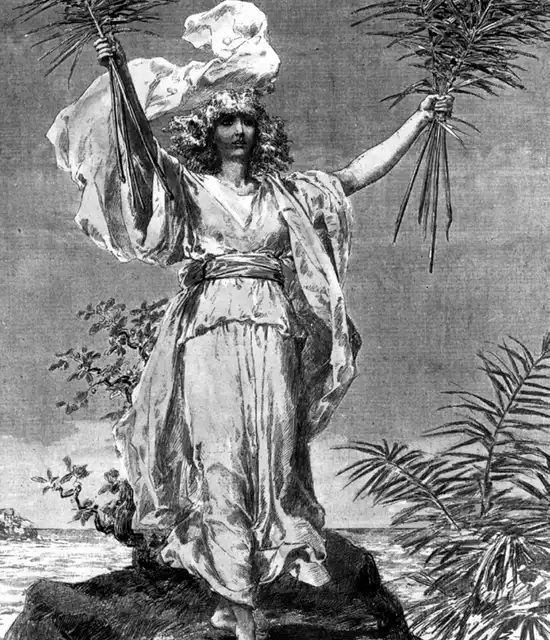
Sean Connery and Pierce Brosnan, the kings of the casino
When the Casino de Monte-Carlo goes to the movies... On many occasions, the prestigious establishment has found itself in the limelight of the seventh art, and always in elegant company. Like Sean Connery as the unforgettable Agent 007 in Never Say Never Again. This was an opportunity to see the actor dancing the tango with Kim Basinger in the casino’s large atrium, which overlooks the gaming rooms on one side and the Opéra Garnier Monte-Carlo on the other. It is also hard not to mention the legendary arrival of another James Bond on Place du Casino: Pierce Brosnan in Golden Eye, just before taking on Famke Janssen in a game of baccarat, which he wins with a... 006. Since then, the casino has sported James Bond™-stamped slot machines to celebrate and perpetuate the spirit of the famous British agent eternally linked to the Casino de Monte-Carlo.
© Keith Hamshere
© Monaco Tribune
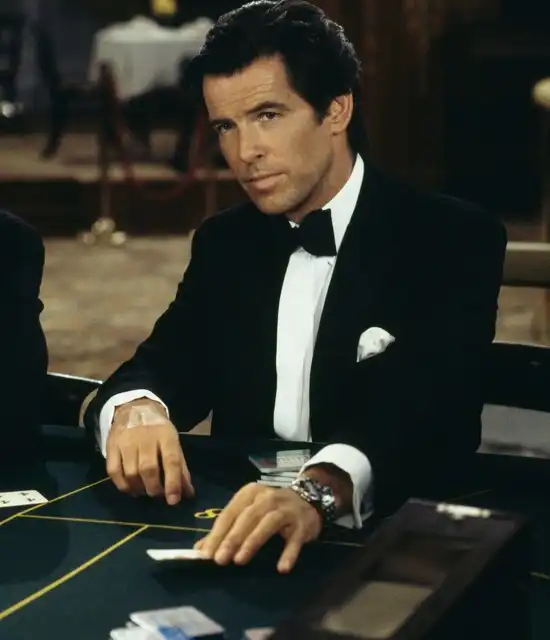
Winston Churchill... and in the middle, a war
A true political artist, he was one of the most emblematic figures in the history of the 20th century. An officer, MP, writer, mason, farmer, painter, journalist, Prime Minister, strategist and diplomat, Winston Churchill was also one of the Monte Carlo Casino’s biggest losers! Having made the Côte d'Azur one of his favourite places to visit, from 1913 to 1963 he was a loyal guest of the Principality, seizing every opportunity to come and enjoy Monaco’s Mediterranean landscapes... and a few games at the casino. One of them has gone down in history as the stuff of legends. A game begun in 1939, interrupted by the war and completed in 1945. Returning to the gaming table, Winston Churchill was quoted as saying: “Gentlemen, let's pick up where we left off!” In the end, the war was won, but unfortunately the game was lost for the statesman. Estimated losses of 1.3 million francs. However, the Director of the Monte-Carlo Casino decided to waive the war hero’s debt, but to keep the cheque in memory of the “old lion” for Monte-Carlo Société des Bains de Mer.
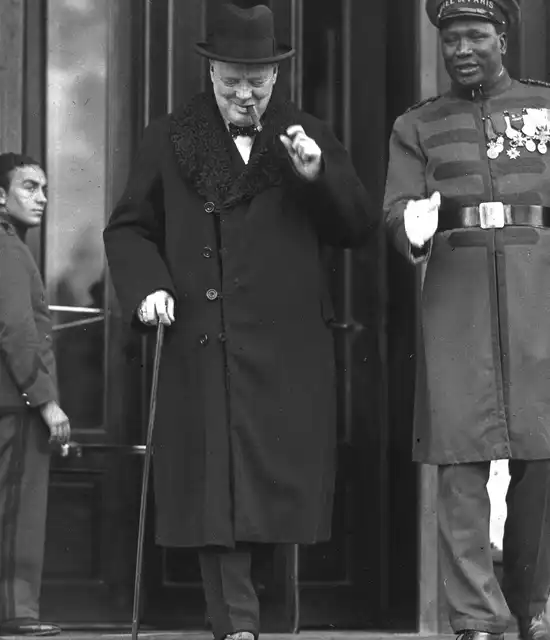
You might also like…
Marlow : so chic, so british
Discover the warm and sophisticated new Marlow café-lounge, in the heart of the new Mareterra seafront district.

Institut audiovisuel de Monaco
Based on the Boulevard du Jardin Exotique, this repository stores over 100,000 audio documents
and almost 500,000 photos of the Principality and the Riviera. Treasures.
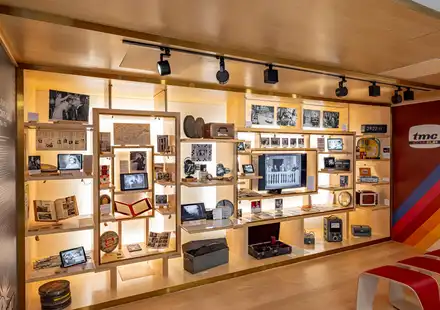
Monte-Carlo Cigar Club
Dominique London, a leading light in the luxury cigar world, is teaming up with Monte-Carlo Société des Bains de Mer
to open the Monte-Carlo Cigar Club in 2025. This exclusive new venue promises to be an icon in the making.
